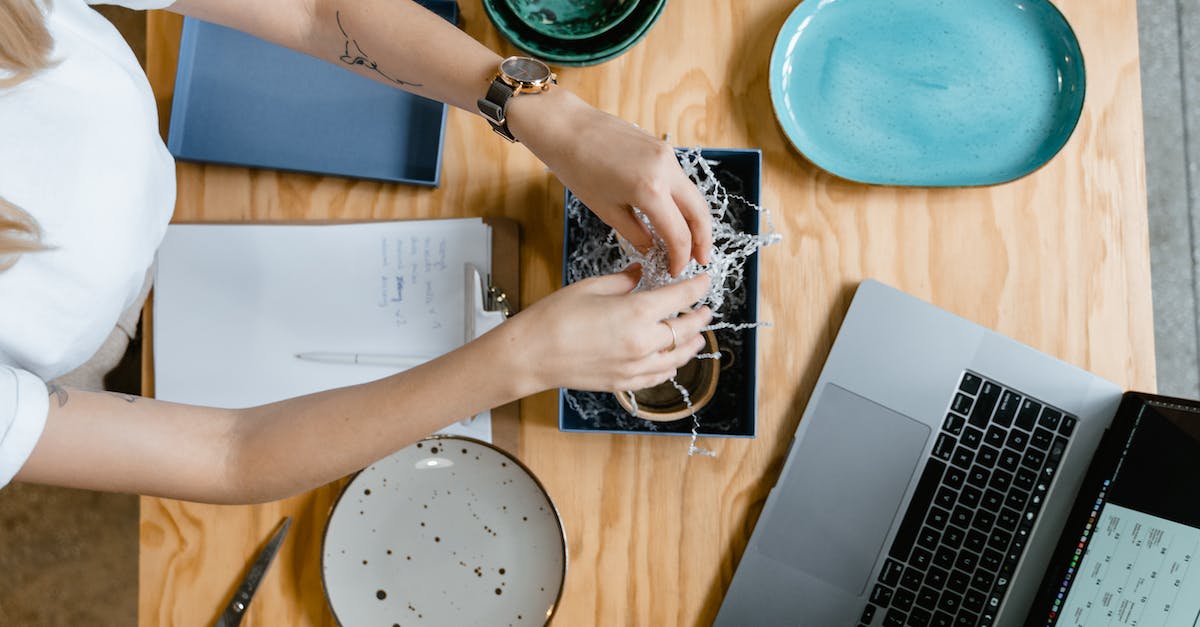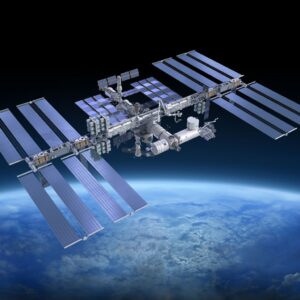This site contains affiliate links to products. I may receive a commission for purchases made through these links.
Ever gazed at the stars and wished you could get a closer look? Well, you’re in luck! I’m about to guide you through the fascinating world of DIY telescope craft. It’s a fun, educational project that’s perfect for astronomy enthusiasts and craft lovers alike.
Building your own telescope might seem like a daunting task, but it’s not as complicated as you might think. With some basic materials and a little bit of patience, you’ll be stargazing through your very own handcrafted telescope in no time.
So, let’s dive into the cosmos and start our DIY telescope journey. Whether you’re a seasoned astronomer or a curious beginner, I promise you’ll find this project both rewarding and enlightening.
Choosing the Right Materials
When embarking on your exciting DIY telescope craft project, one of the first steps you’ll take is selecting the right materials. It might seem daunting, but trust me, it’s not as complex as you might think.
Let’s dive into the materials you’ll need.
First and foremost, the most crucial components of your telescope will be the lenses and mirrors. These will make up the optical system and are responsible for creating the magnified images you see. While you can try purchasing custom-made glass, I’d recommend going for a pre-made telescope lens or mirror kit. These will ensure optimal performance.
Next, the housing of your telescope. This is where the eyepiece and telescope tube reside. You could use anything from cardboard tubes (like those from wrapping paper) to PVC pipes for this part. It’s all about flexibility and budgeting. Also consider durability and ease of handling.
Lastly, the eyepiece. It’s the lens you’ll be looking through. The eyepiece can be purchased from a variety of sources, many of which are rather inexpensive.
Do you need tools? The answer is yes. Here is a brief list:
- A ruler
- An adjustable wrench
- Scissors
- A protractor
To better visualize, here is a markdown table of the basic materials and tools:
| Material/Tool | Function |
|---|---|
| Lenses and mirrors | For the telescope’s optical system |
| Cardboard or PVC pipe | For the telescope’s housing (tube) |
| Eyepiece | To look through and view the celestial bodies |
| Ruler, adjustable wrench, scissors, protractor | Basic tools needed for assembling your telescope |
Selecting the right materials and tools doesn’t need to be an overwhelming process. With this handy guide, you’re already one step closer to constructing your very own DIY telescope.
Let’s move forward to our next exciting chapter: Assembling Your Telescope.
Understanding the Basics of Optics
Diving into optics, the crux of any telescope, is crucial. In simple terms, optics is the study of light. Understanding the basics of how light interacts with lenses and mirrors can truly elevate your DIY telescope project, helping you achieve the best results.
Remember, the objective of a telescope is to gather light and bring it into focus. This is accomplished using a pair of lenses or mirrors, each serving a unique role.
The objective lens or mirror is typically the larger of the two and sits at the front of the telescope. Its job is to collect as much light as possible from the object you’re observing. The light then travels down the telescope tube to the second lens.
This second lens, known as the eyepiece, magnifies the image by spreading out the light gathered by the objective lens. To put it simply, the objective lens or mirror captures the light, and the eyepiece zooms in on the captured light for a detailed view.
An important trick when choosing your lenses and mirrors is understanding the concept of focal length. This is basically the distance over which the light is brought into focus. A higher focal length means a higher level of magnification. But beware, higher magnification will also narrow your field of view. Depending on what you plan to observe, a slightly lower magnification with a wider view might serve you better. Below we’ll cover these concepts in a simple, easy-to-understand table:
| Component | Function | Key Point |
|---|---|---|
| Objective lens/mirror | Gathers light | Larger lens/mirror gathers more light |
| Eyepiece | Magnifies image | Higher focal length = higher magnification |
| Focal Length | Distance to bring light into focus | Longer focal length narrows field of view |
Building the Telescope Body
Next up, let’s dive into the process of building the body of the telescope. Having a strong, durable body is as important as the optics. The body of your DIY telescope holds the optics in place and helps to eliminate inaccuracies due to vibration and motion.
The main component used for the telescope body in DIY projects are sturdy cardboard, PVC pipes, or metal tubes. For beginners, I’d recommend a cardboard tube because it’s easier to work with. These tubes need to be at least a few inches longer than the focal length of the objective lens or mirror.
Selection of Material
The selection of the building material depends on your budget, your tools, and your skill level. Cardboard and PVC are affordable and easy to work with, so they’re perfect for first-timers. Metal tubes are more robust but require some metalworking skills.
Being mindful of the weight is key. Remember, a low-weight construction makes the telescope more portable but may impact stability. Striking a balance is essential to achieve both portability and stability for your DIY telescope.
Assembly of the Telescope Body
The assembly process begins with securing the objective at one end of the tube and the eyepiece at the other end. Ensure that the spacing between them corresponds to the sum of their focal lengths. Measuring accurately is essential here. Any inaccuracies will affect your final image quality.
After securing the optics, attach a mount to the body. A mount helps in manipulating the telescope’s position and holding it firmly. As for the type of mount, beginners might find an alt-azimuth mount easier to handle. It allows movement in two axes: up-down (altitude) and left-right (azimuth).
By this stage, we’ve covered the basics of optics and built the body of our DIY telescope. Next in line will be testing our telescope, making adjustments, and understanding how to maintain it.
Assembling the Optics
As we venture into assembling the optics of a DIY telescope, we must remember that we’re not just putting pieces together. We’re essentially designing an instrument that aids our vision to reach beyond what is bound by the naked eyes.
First, let’s tackle the objective lens or mirror. Remember, the efficiency of a telescope is directly dependent on the power of its objective element. It’s the hero it doesn’t wear a cape. Choose your objective lens wisely.
Here’s a tip: for ambitious stargazers who seek detailed images, high-power lenses are recommended. For those of us just looking to gaze the moon and the planets on a peaceful night, lower-power lenses will do the job.
Securing the lens in place is a subtle science. If the lens wobbles or moves, the precision of the telescope will be lost. If you’re using a lens, secure it at the furthest end of the body. In case of a mirror, it should be at the bottom end of your tube.
Let’s step up to the eyepiece, the window to the heavens. If the objective lens is the muscle, the eyepiece is the brain of a telescope. The eyepiece, with its ability to magnify, puts the ‘scope’ in telescope.
Securing the eyepiece calls for precision and diligence. It should be mounted at the top end of your tube. Remember, the stability of your optics is vital for viewing accuracy.
Perhaps you’ve heard of the term ‘focal length’? It refers to the distance between the objective lens and the eyepiece where the image is clear and crisp. You can calculate your focal length by holding the eyepiece towards a bright object and moving it until the image is sharp. Violà, there you have it.
Now that we’ve assembled the optics, the next stage beckons—the testing phase. Isn’t the anticipation thrilling?
Fine-Tuning and Adjustments
Getting the right parts and assembling them correctly are crucial. But to truly enhance the performance of your homemade telescope, Fine-Tuning and Adjustments are key.
Once you’ve assembled the telescope, it’s time for crucial checks and adjustments. First, ensure the placement of your mirror or lens is correct. Often, the smallest misalignment can cause blurry or distorted images. There are multiple tutorials available online that can guide you to correctly align your telescope optics. But let’s delve into some basic steps.
Start by adjusting the orientation of the eyepiece and objective lens or mirror. Ensure they are exactly in line with one another. Look through the eyepiece and point the telescope at a distant but clear target. Adjust the eyepiece until the image appears sharp. I usually start by focusing on an object on the ground to get a clear focus before moving upward to the sky.
After achieving this, I gradually increase the distance of my chosen object to further fine-tune my focus. This incremental adjustment helps me to understand the telescope’s focusing capabilities for different distances.
The next step is the process of collimation. It basically aligns the optical elements of the telescope to ensure they work together to form the best possible image. This process mainly involves adjusting the direction of your primary mirror or lens and your secondary mirror. Doing so, ensures they are perfectly aligned with one another. For this, I recommend using a specialized collimation tool. Yet, you can DIY with simple items like a laser pointer. It might be a tad more laborious. But hey, this project is all about the DIY approach, right?
What follows is a series of trial-and-error tests in real time. Test your telescope in different light conditions, with various distances, and under various weather conditions. While doing so, you may discover areas that require adjustments. Remember, patience is vital to achieving an optimal view of the skies. Aim for clear, focused, enlarged images, and keep adjusting until you succeed.
Conclusion
So there you have it. We’ve delved into the intricacies of DIY telescope craft, from aligning the eyepiece and objective lens to the art of collimation. It’s clear that patience and a willingness to experiment are key in this endeavor. While specialized tools can be helpful, it’s also possible to achieve great results with everyday items like a laser pointer. Remember, the goal is to enhance your views of the night sky, and with some fine-tuning, you’ll be there. So keep testing, keep adjusting, and before you know it, you’ll be gazing at the stars with a sense of accomplishment that only comes from creating something with your own two hands.
Frequently Asked Questions
1. What is the importance of fine-tuning a homemade telescope?
Fine-tuning a homemade telescope helps enhance its performance. This includes improving the clarity and sharpness of the images, allowing for better observation of the skies.
2. How can I align the eyepiece and objective lens or mirror of my telescope?
You can do this by adjusting the position of the eyepiece and the lens or mirror until images become clear and sharp. Remember, this process requires patience and repeated testing.
3. What is collimation in the context of telescopes?
Collimation refers to the process of aligning the optical elements of a telescope. It’s crucial for ensuring an optimal viewing experience.
4. How can I collimate my homemade telescope?
You can use a specialized collimation tool, or opt for DIY methods using simple items like a laser pointer.
5. What is the conclusion of the article regarding telescope fine-tuning?
The article concludes by emphasizing the importance of trial-and-error tests and patience to achieve optimal views of the skies using your homemade telescope.



